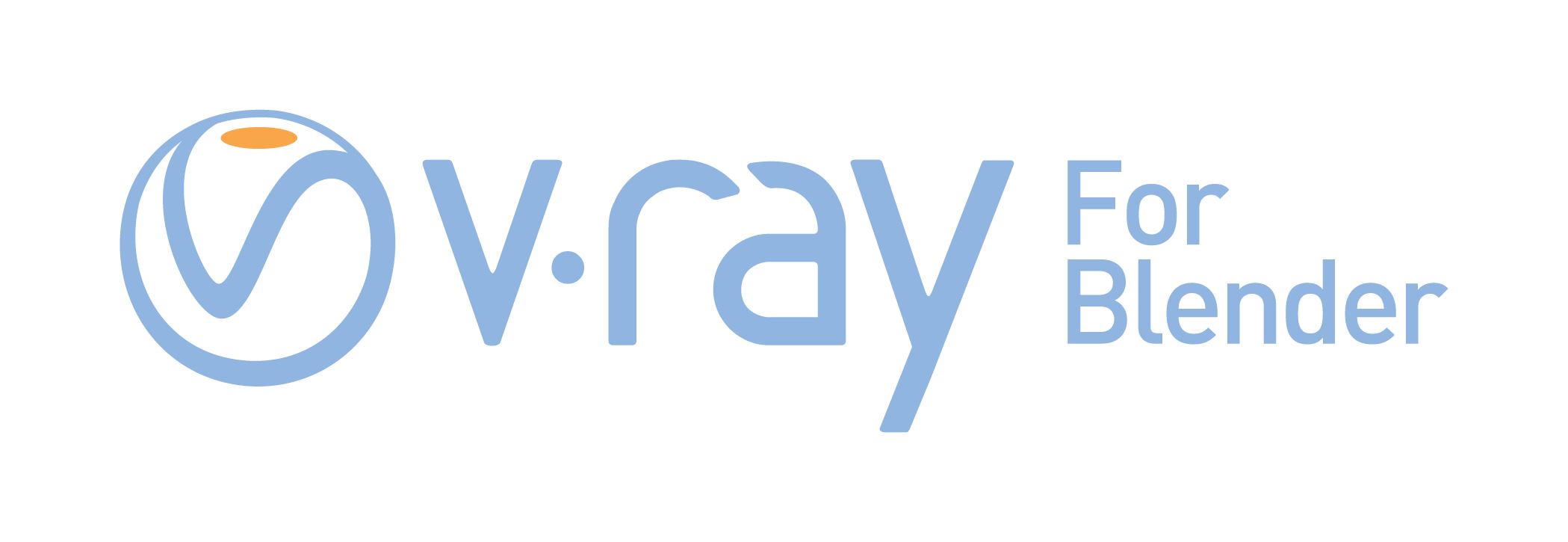V-Ray for Blender is a project of V-Ray integration to Blender combining V-Ray’s flexibility and unprecedented speed with one of the world's most famous open source 3D applications. V-Ray for Blender is implemented as an exporter that outputs Blender scenes, models and animations into a .vrscene file format which can be rendered in V-Ray Standalone. We’ve created a dedicated forum for all V-Ray for Blender users. Join the conversation and contribute to the V-Ray for Blender community with your questions and tips!
V-Ray for Blender Key Features
V-Ray for Blender renders .vrscene files using the V-Ray Standalone application so users can utilize the full set of features included in the V-Ray rendering system.
SHADING
VRayCarPaintMtl: Create stunning car paint shaders complete with base, flake and coat layers. Full mapping support allows for amazing flexibility and a wide range of effects.
VRayToon shader: Add an amazing cartoon-like feeling to your renderings.
VRayHairMtl: A new shader, allowing hair and fur to be rendered with unprecedented control, quality, and speed.
Fast Sub-Surface Scattering Shader: V-Ray FastSSS2 material uses a pre-pass to create fast and accurate subsurface scattering effects with support for both single and multiple scattering.
Support for dispersion in refractions for VRayMtl: Τhis option uses the new capabilities for wavelength-dependent raytracing of the V-Ray core and allows you to create stunning close-ups of refractive objects with caustics that dazzle the eye.
LIGHTS
Physically accurate full global illumination solutions: Create accurate GI solutions using a combination of the provided global illumination methods.
Physically accurate lights: Create realistic illumination using physically-based lights, including IES lights and true area lights with support for texture mapping.
V-Ray Light Lister: Quickly set up and adjust complex lighting.
CAMERA
Option to turn off camera motion blur: V-Ray gives you a separate control to enable or disable the motion blur coming from the movement of the camera.
Shutter efficiency for motion blur: Render more realistic motion blur with manual control over the camera shutter efficiency.
OPTIMIZATIONS
Stereoscopic setup: Use the stereo rig helper to quickly set up stereoscopic images and animations. In addition, the built-in support for shade maps allows for much faster rendering of Depth of Field and Motion Blur effects with or without stereoscopy.
Dynamic loading of tiled OpenEXR: Load tiled OpenEXRs on the fly with the help of the new and improved VRayHDRI texture.
On-demand geometry loading from the disk: Use V-Ray Proxy to render millions of polygons at maximum memory efficiency by storing the geometry on the hard drive.
Displacement mapping: Precisely control the displacement on a per object basis with the V-Ray Displacement modifier.
Three different image sampling methods: Fast anti-aliasing engines to fit any case and requirements.
Faster rendering of dynamic geometry: New internal optimizations have led to even faster multi-core rendering of dynamic geometry like displacement, proxies, fur and hair, etc.
Faster rendering of subdivision surfaces and Blender hair particles: The new improved core of V-Ray can render Blender hair particles and render-time subdivision surfaces much faster.
TOOLS
The ply2vrmesh tool can convert RealFlow .bin files to .vrmesh files: With the new version of the ply2mesh tool V-Ray users can render very large RealFlow simulations as VRayProxy objects with significantly improved memory efficiency.
Extended irradiance map viewer tool: Allows the incremental merge of irradiance map files to avoid redundant information; preview of light cache files; manual deletion of unwanted samples, and usage of OpenGL display lists for more interactivity.
Img2tiledexr tool for mass conversion of many common image formats to tiled OpenEXR files


